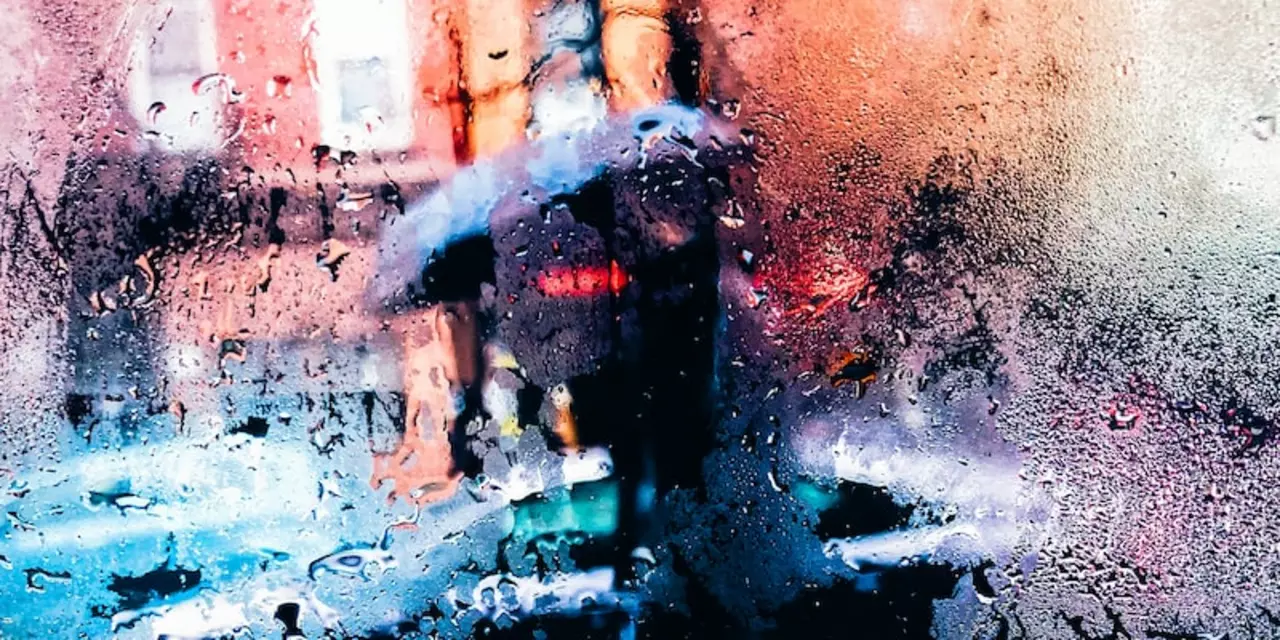Rain in Soccer: Why Weather Changes the Game
Ever watched a match get soaked and wonder why everything feels different? Rain isn’t just a backdrop – it flips the whole game on its head. From the way the ball rolls to how teams set up, wet weather forces quick adjustments.
Playing on a Wet Pitch
A soggy field slows the ball down and makes the ground slick. Players lose traction, so sudden cuts can lead to slips. Goalkeepers often struggle because the ball can skid unexpectedly, making saves harder. Shoes with better studs become a must, and many teams switch to shorter, sharper cleats to grip the mud.
Training in dry conditions won’t prepare you for a downpour. Teams that practice on wet surfaces get a feel for the slower pace and can keep their balance better. This is why some clubs schedule extra sessions when rain is forecasted – it builds confidence and reduces the chance of injuries.
Tactical Adjustments in the Rain
Coaches change tactics the moment the sky opens. Long passes become risky because the ball can dip and bounce unpredictably. Instead, many sides favor short, quick passes that keep the ball on the ground. Defenders stay tighter to avoid losing shape on a slippery surface.
Set pieces get a boost too. A corner kick in rain can surprise the defense if the ball slides into the crowd. Teams often practice specific rain set‑piece routines to exploit this edge. Also, physical battles become more common as players try to win the ball in tough conditions.
Fans feel the impact as well. Standing in the rain can be uncomfortable, but many still show up, creating a unique atmosphere. Covered stadiums help, but open venues see a dip in attendance when the weather turns bad.
In summary, rain forces every part of a soccer match to adapt. Players need the right boots, coaches shift tactics, and fans brace for a different vibe. Understanding these changes can make you appreciate the game even more, whether you’re on the pitch or watching from the stands.
